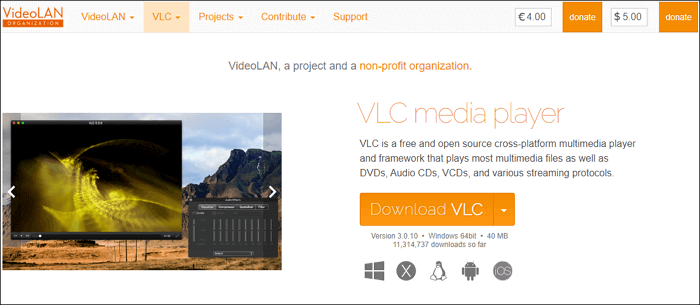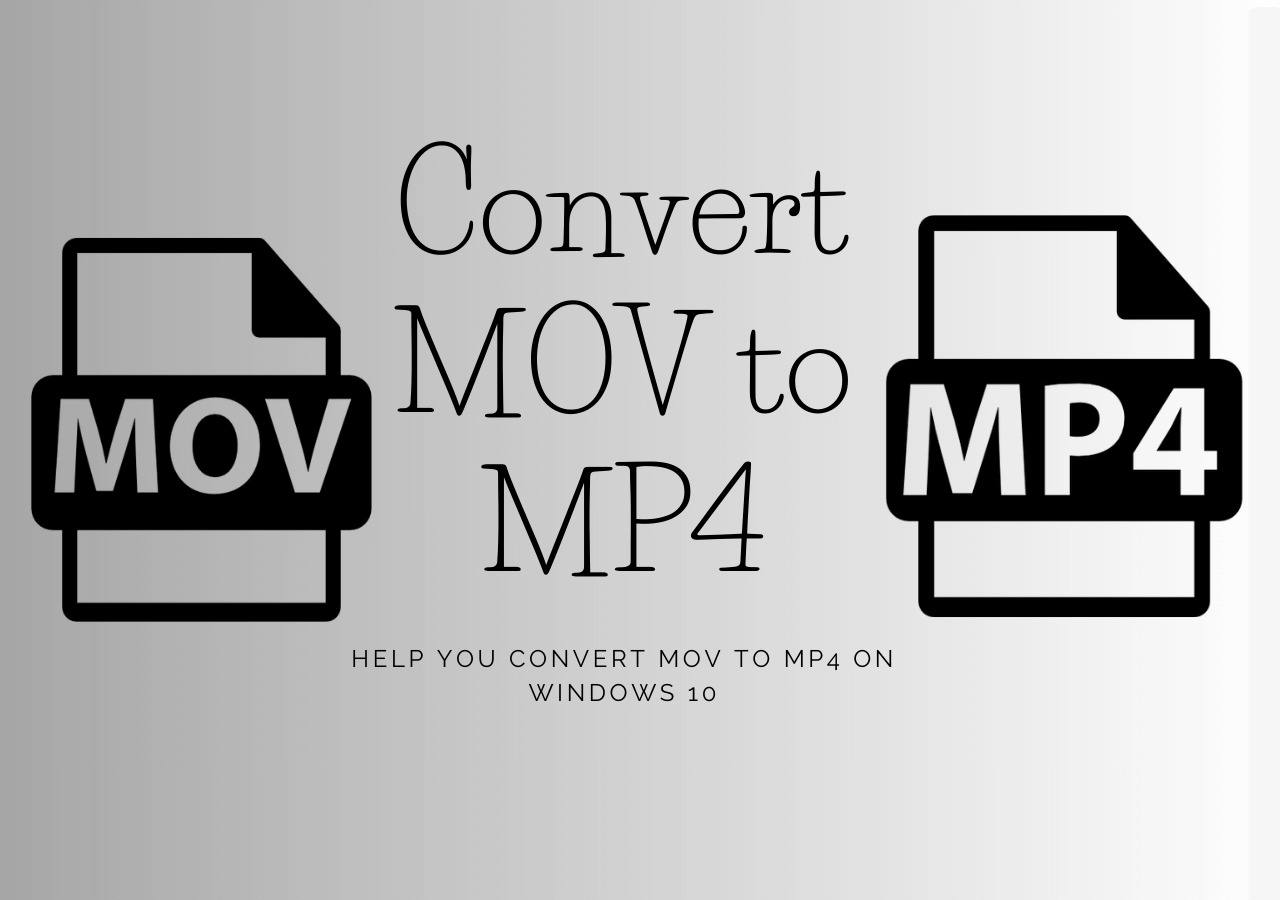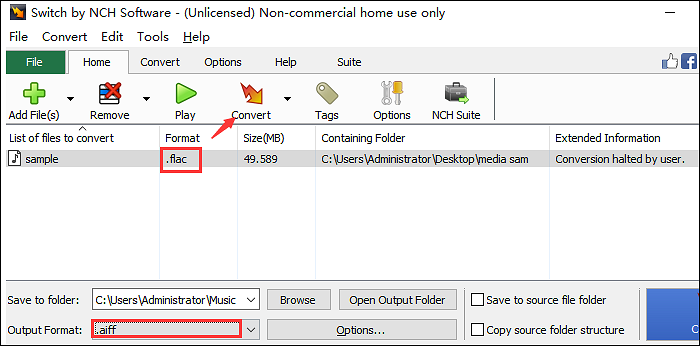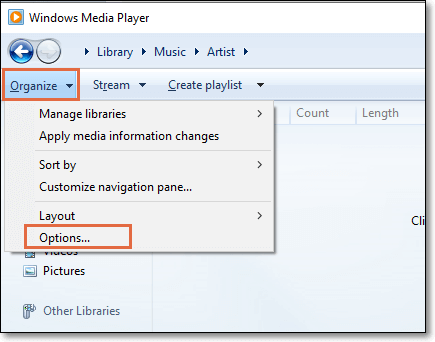-
Jane is an experienced editor for EaseUS focused on tech blog writing. Familiar with all kinds of video editing and screen recording software on the market, she specializes in composing posts about recording and editing videos. All the topics she chooses are aimed at providing more instructive information to users.…Read full bio
-
![]()
Melissa Lee
Melissa is a sophisticated editor for EaseUS in tech blog writing. She is proficient in writing articles related to screen recording, voice changing, and PDF file editing. She also wrote blogs about data recovery, disk partitioning, and data backup, etc.…Read full bio -
Jean has been working as a professional website editor for quite a long time. Her articles focus on topics of computer backup, data security tips, data recovery, and disk partitioning. Also, she writes many guides and tutorials on PC hardware & software troubleshooting. She keeps two lovely parrots and likes making vlogs of pets. With experience in video recording and video editing, she starts writing blogs on multimedia topics now.…Read full bio
-
![]()
Gloria
Gloria joined EaseUS in 2022. As a smartphone lover, she stays on top of Android unlocking skills and iOS troubleshooting tips. In addition, she also devotes herself to data recovery and transfer issues.…Read full bio -
![]()
Jerry
"Hi readers, I hope you can read my articles with happiness and enjoy your multimedia world!"…Read full bio -
Larissa has rich experience in writing technical articles and is now a professional editor at EaseUS. She is good at writing articles about multimedia, data recovery, disk cloning, disk partitioning, data backup, and other related knowledge. Her detailed and ultimate guides help users find effective solutions to their problems. She is fond of traveling, reading, and riding in her spare time.…Read full bio
-
![]()
Rel
Rel has always maintained a strong curiosity about the computer field and is committed to the research of the most efficient and practical computer problem solutions.…Read full bio -
![]()
Dawn Tang
Dawn Tang is a seasoned professional with a year-long record of crafting informative Backup & Recovery articles. Currently, she's channeling her expertise into the world of video editing software, embodying adaptability and a passion for mastering new digital domains.…Read full bio -
![]()
Sasha
Sasha is a girl who enjoys researching various electronic products and is dedicated to helping readers solve a wide range of technology-related issues. On EaseUS, she excels at providing readers with concise solutions in audio and video editing.…Read full bio
Page Table of Contents
0 Views |
0 min read
If you write WAV and WMA side by side, some people are bound to get confused because of the similarities. It makes sense, considering how both of them have similar spelling. Moreover, both of them are also audio files! What a great coincidence, isn't it?
As a matter of fact, it is no coincidence that both of these files are audio files. WAV and WMA are some of the audio files producers and singers use to create their music. This is where the dilemma comes in. The producer needs to choose between WAV vs. WMA and decide which one of the two is more suitable for them. Not that one is more superior than the other; it's just that there are times when one of the files is more suitable for certain conditions compared to the other one.
What, then, are the differences between WAV and WMA? Find the answers in the following.

WAV vs. WMA: What's the Difference
WAV, or Waveform Audio File, is a format that IBM and Microsoft developed for the purpose of storing audio in Microsoft devices. So don't be surprised if you see WAV audio in your media player, because that is the sole reason for WAV files.
WMA, or Windows Media Audio, is the modernized relative of WAV. Like its predecessor, WMA is mainly used to store audio, except it has a different "format" inside the file extension.
Just because they came from the same developers, it doesn't mean that WAV and WMA are the same. Here are some differences between WAV vs. WMA:
| Comparison | WAV | WMA |
|---|---|---|
| Storage | Need more space as the file does not compress audio | It doesn't need that much space due to compressed audio, but there is a loss in quality |
| Encoding | Uncompressed and has data that contains LPCM or APCM | Compress data while attempting to have quality loss as little as possible |
| Frequency | 22 kHz (does not suppress audio) | 18 kHz (may suppress and require audio quality) |
| Editing | Quality remains consistent throughout the editing process | Quality might be reduced during editing |
| Device | Compatible with most devices | More compatible with newer devices |
| Loop | Allow user to have seamless loop without gap | Lack of pause will result in quality loss |
When to Use WAV or WMA
Now that these two differences between WAV and WMA are known, when should we use either WAV or WMA?
When to Use WAV?
From the comparison above, it can be seen which audio is better for the professionals.
To be exact, WAV is preferable when it comes to using audio for professional work. First, it can be seen that WAV does not compress the data inside it, and this resulted in high-quality audio that is not compressed at all. Due to the lack of compression, the audio's quality remains high from the beginning until the end. Although the consequence of this is the big amount of file size, overall, WAV is better used by professionals.
When to Use WMA?
As for WMA, it tends to be better for those who use the audio files for entertainment purposes, such as listening to music. This is because of the fact that WMA compresses the data, allowing its owners to save more space. Although it costs a portion of the quality, people who are not into audio won't notice the difference. Moreover, WMA has a better quality compared to MP3, giving us more reason to use it as a replacement for MP3.
How to Convert WAV to or from WMA
For individuals who need to convert WAV to WMA or the other way around, EaseUS Video Converter is a great choice. The software's features are easy to recognize and comprehend because of its user-friendly design, which reduces the need to scroll back and forth.
Despite being designed as a video converting software, it can also convert audio from one format to another. It's all thanks to its audio converter, which can convert nearly any audio format. If you ever need to download a WMA or WAV file, this software will come in helpful.
Another feature of this program is the audio extractor. An audio extractor can be used to convert video to audio. Even better, all of the features listed above are entirely free!
How to work with EaseUS Video Converter for Audio Conversion:
Step 1. Download and launch this program. Next, select the "Audio Converter" option from the left sidebar for audio conversion, and click "Choose Files" to import the audio file.
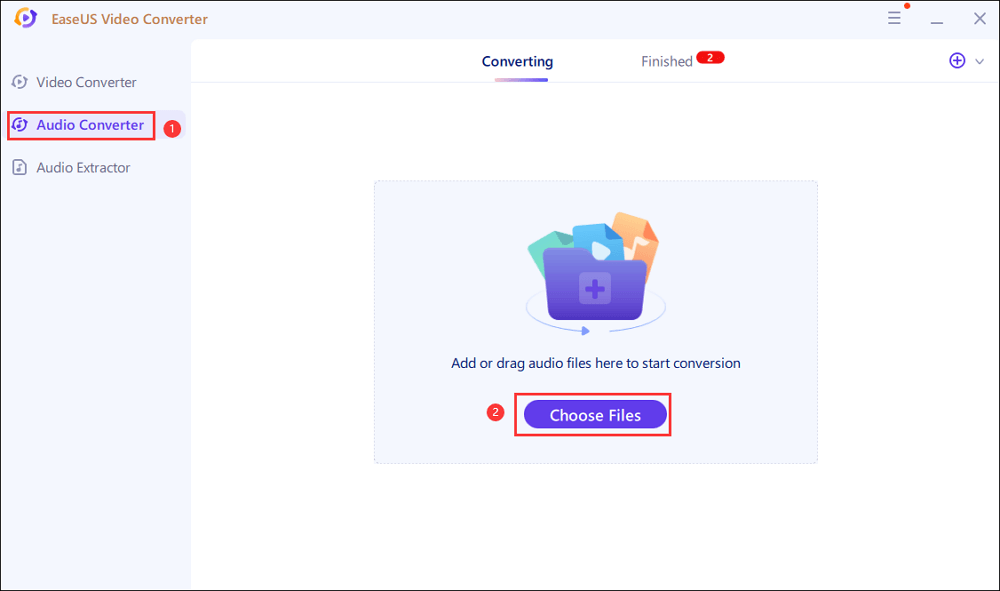
Step 2. Click the gear icon to select your output audio format at the bottom. Besides, you can change the saving path, enable the high-speed conversion, GPU acceleration, or merging functions if needed here.
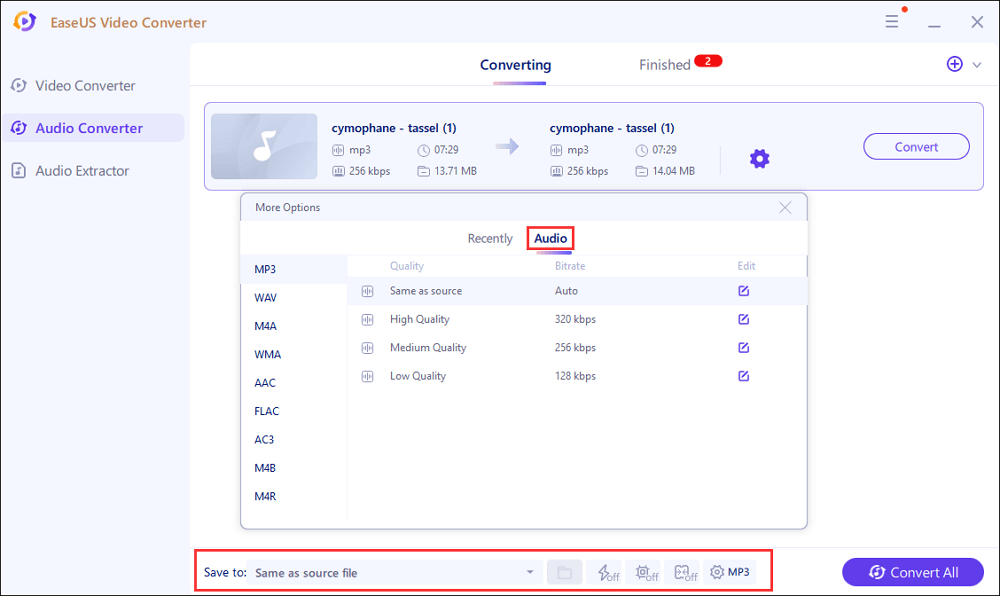
Step 3. You can click the "Edit" button to change the file name, bitrate, sample rate, and other settings for your output file.
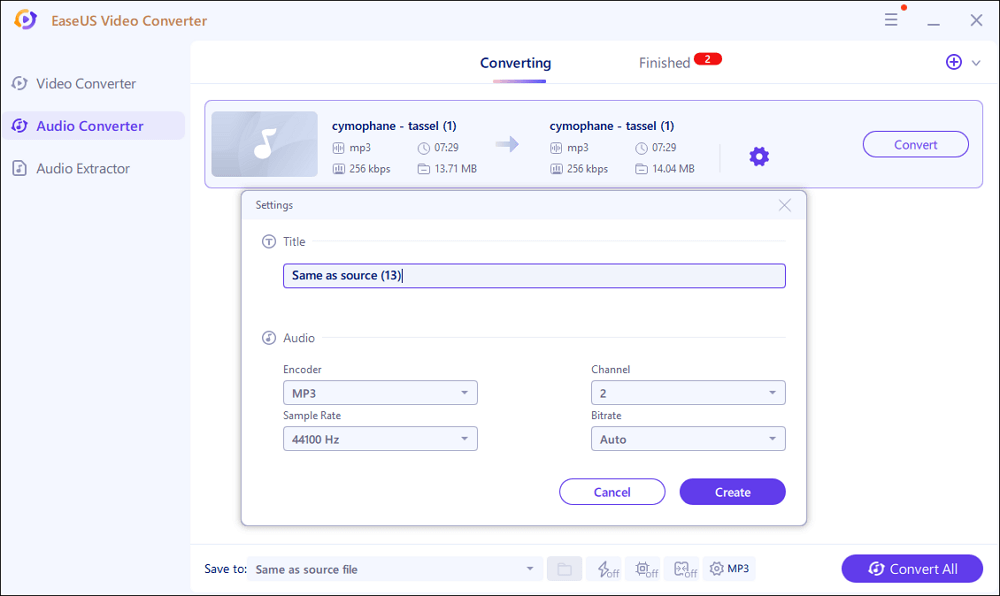
Step 4. Once done, you can click the "Convert" or "Convert All" button to begin your audio conversion.
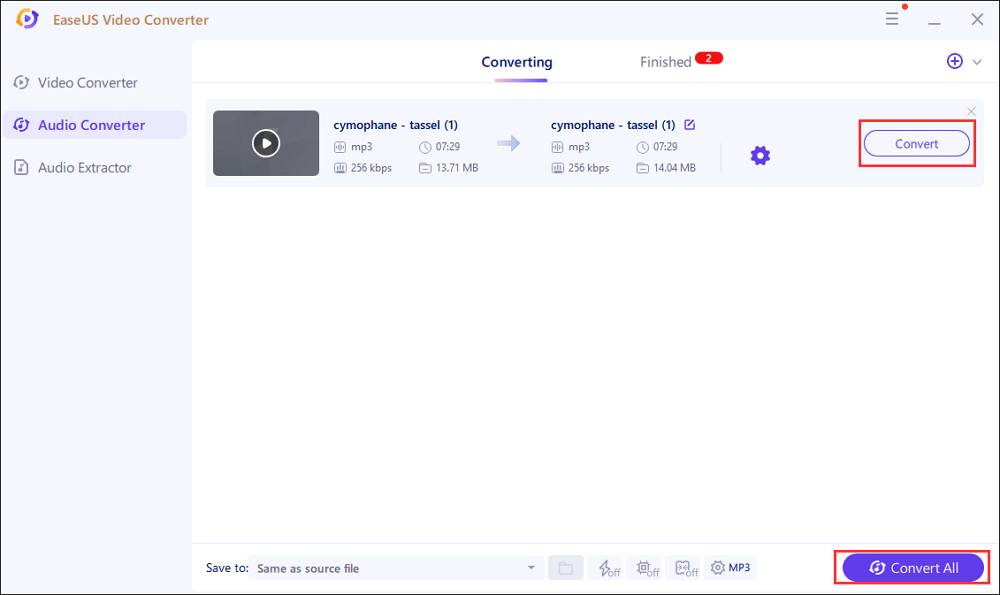
The Bottom Line
WAV vs. WMA is a fight where nobody wins since both are great as long as the users utilize their pros properly. However, there are times when we want to switch from WAV to WMA and vice versa. When this happens, you can use converters such as EaseUS Video Converter to suit your audio needs. So, which one are you going to listen to first now, WAV or WMA?

